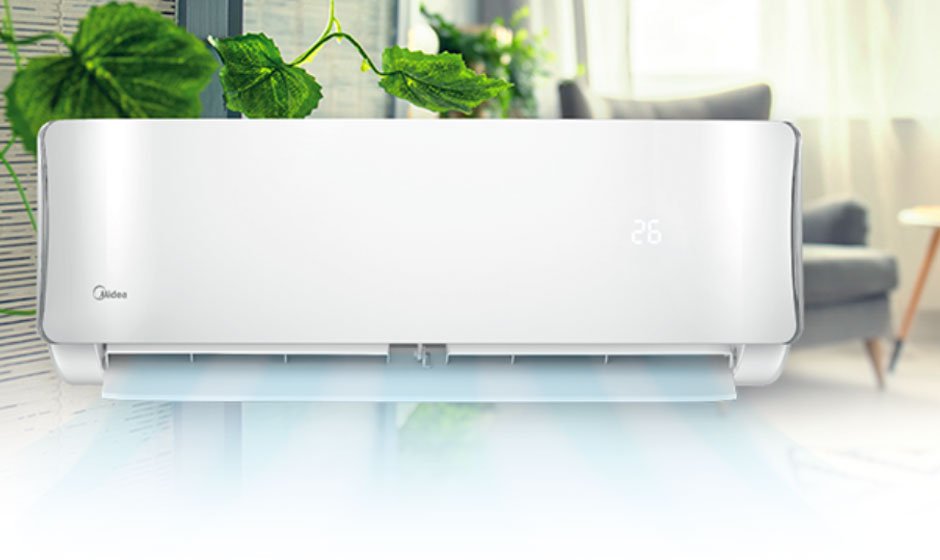As the crisp autumn air gives way to winter’s chill across Australia, many homeowners are reassessing their climate control needs. While some rely solely on traditional heating methods, others utilise their air conditioning systems for both cooling and heating.
Regardless of how you choose to warm your home, preparing your air conditioner for the winter months is crucial for maintaining its efficiency and longevity.
The versatility of modern air conditioning units means they can play a vital role in your home’s comfort year-round. For those who use their systems for heating, ensuring optimal performance becomes even more critical. However, even if your air conditioner rests dormant during winter, proper maintenance is essential to prevent damage and ensure it’s ready for action when temperatures rise again.
A Comprehensive Guide to Preparing Your Air Conditioner for Winter
We’ll explore essential steps for winterising your air conditioner. Whether you’re a new homeowner or a seasoned property manager, these tips will help you navigate the complexities of seasonal air conditioning maintenance.
From simple DIY tasks to professional servicing by your air conditioning installer, we’ll cover everything you need to know to keep your air conditioner in top shape throughout the colder months.
By implementing these practical strategies, you’ll not only protect your investment but also ensure that your air conditioning system remains efficient and effective, whether you’re using it for winter heating or preparing it for the return of warmer weather.
Let’s explore how you can safeguard your air conditioner against winter’s challenges and set the stage for year-round comfort in your Australian home.
Essential Tips to Prepare Your Air Conditioner for Winter:
Preparing your air conditioner for winter is essential for its longevity and performance. Here’s a step-by-step guide to get your unit ready for the colder months:
1. Clean the Outdoor Unit (Condenser):
- Leaves, debris, and dirt can accumulate around the condenser, hindering airflow and making your air conditioner work harder.
- Turn off the power supply to the unit before cleaning.
- Remove any visible debris from around and on the unit.
2. Clean or Replace Air Filters:
- Dirty filters restrict airflow, reducing efficiency and potentially damaging the unit.
- Check your manufacturer’s instructions for the recommended cleaning or replacement schedule.
- For washable filters, gently rinse with water and let them dry completely before reinserting.
3. Check and Clean the Indoor Unit:
- Dust and grime can build up on the indoor unit’s vents and coils, affecting performance.
- Use a soft cloth or vacuum cleaner to remove dust from the vents.
- If you notice mould or mildew, use a mild detergent solution to clean the affected areas.
4. Adjust Thermostat Settings:
- Optimal Temperature: Set your air conditioner to a temperature between 18 and 22 degrees Celsius. This range balances comfort and efficiency. Remember that running the aircon at the same temperature as outside (e.g., 25°C when it’s 25°C outside) is more efficient than running it at a significant temperature difference.
- Avoid Frequent On-Off: Instead of turning your air conditioner on and off frequently, maintain a consistent lower temperature. Frequent cycling can be less efficient and cost you more in the long run.
- Consider a programmable or smart thermostat for automated temperature control based on your schedule.
5. Use the Timer Functionality:
- An air conditioner can make for a good night’s sleep, but if left on all night, it can use up energy unnecessarily. Program your air conditioner to turn off a few hours before you wake up or use the sleep mode function if available.
6. Schedule Professional Maintenance:
- An annual check-up by a qualified air conditioning installer is recommended.
- Professionals can perform a thorough inspection, clean internal components, and identify potential issues before they become major problems.
- Schedule maintenance in the autumn before winter sets in.
7. Run Your Air Conditioner Occasionally During Winter:
- Run your air conditioner for a few minutes every month during winter to keep the internal components lubricated and prevent them from seizing up.
Final Thoughts: Embracing Year-Round Air Conditioner Care
By following these tips, you’re taking significant steps towards ensuring your air conditioner remains in optimal condition throughout the winter months and beyond. Regular maintenance is not just about preserving your unit for the upcoming summer; it’s about cultivating a year-round approach to home comfort and energy efficiency.
Remember that while these DIY steps are crucial, they don’t replace the need for professional servicing. An annual check-up by a qualified air conditioning technician can uncover potential issues that might escape the untrained eye, potentially saving you from costly repairs down the line.
It’s also worth noting that advancements in air conditioning technology are continually improving energy efficiency and performance. If you have an older unit, you might want to explore newer models that could offer significant energy savings and improved functionality, especially if you’re using your system for both heating and cooling.
As we navigate the changing seasons in Australia, let’s embrace a proactive approach to air conditioner maintenance. By doing so, we’re not just preparing for the immediate future; we’re investing in long-term comfort, efficiency, and peace of mind.
Whether you’re bracing for a chilly winter or looking forward to the return of warmer days, your well-cared-for air conditioner will be ready to meet your comfort needs, whatever the weather may bring.





